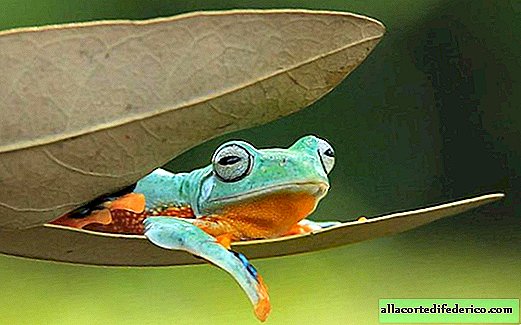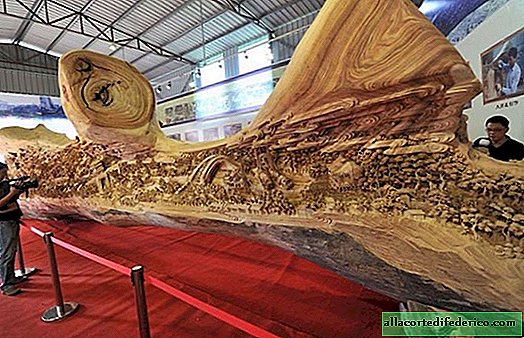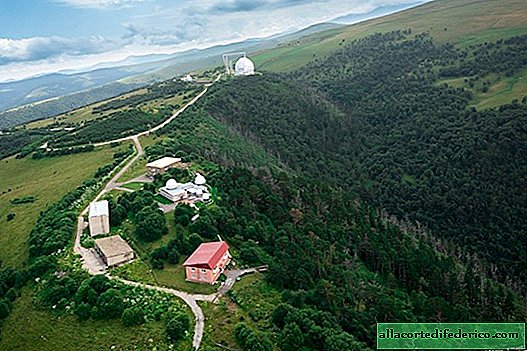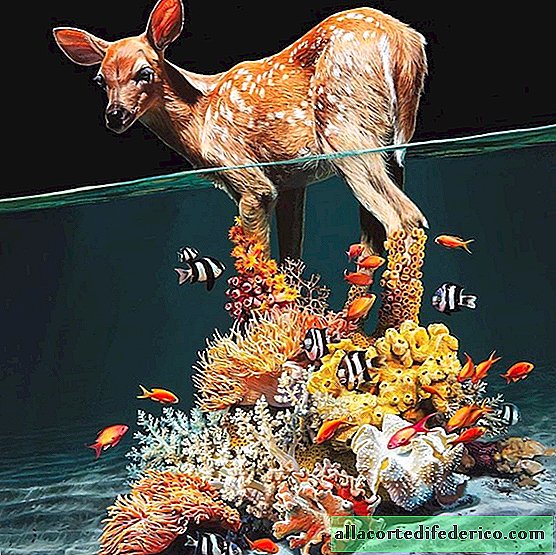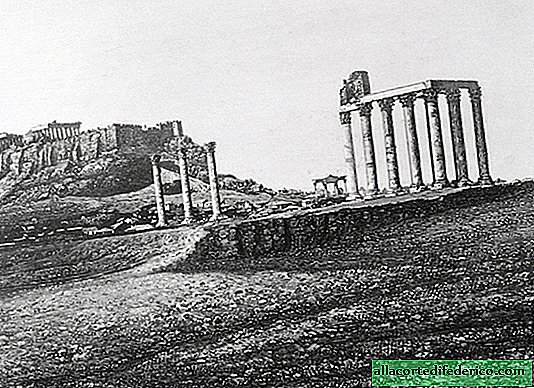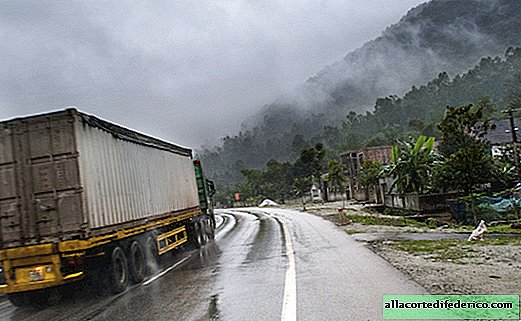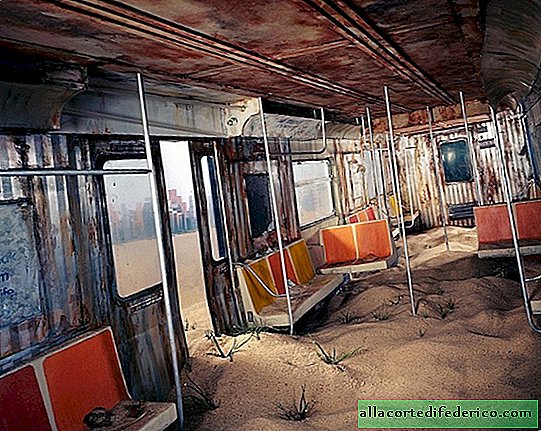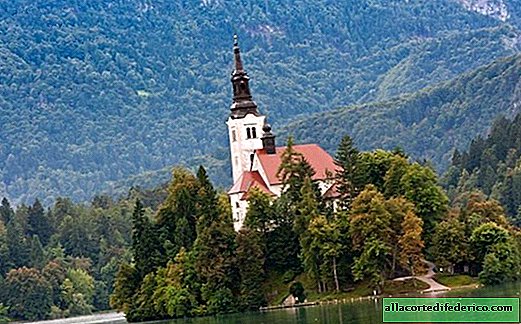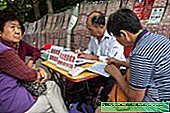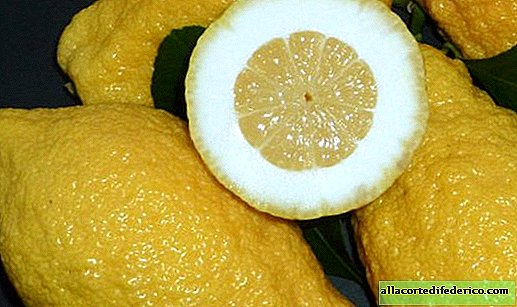How to make bottles for Coca-Cola from garbage, and where Greenpeace looks
"Made from recycled plastic." Such inscriptions are found on a wide variety of products: cans, combs, even children's toys. In the civilized world, plastic processing technologies have already gone a long way and make it possible to recycle PET plastic bottles not only in basins, but also ... in exactly the same plastic bottles. Today in Russia there is only one plant that operates on the bottle-to-bottle technology. Let's see how this production works.
The Plarus plant was opened in 2007 on the outskirts of Solnechnogorsk, Moscow Region.

Today they process 1800-2500 tons of plastic bottles per month. At the entrance - dirty used bottles, at the exit - clean raw materials for the production of new ones.

Raw materials are collected at marshalling yards and household waste landfills.

Part of the raw material comes from hundreds of special bottle containers installed by the Solnechnogorsk plant, but this is a drop in the bucket.

The first workshop is engaged in the selection and sorting of bottles. All equipment of the enterprise is European, from the leaders in the MSW processing industry - BRT Recycling Technologie GmbH (Germany), TOMRA Systems ASA (Germany), RTT Steinert GmbH (Germany), BOA (Netherlands), SOREMA (Italy), BUHLER AG (Switzerland).

Bales are loaded into the silos of the sorting lines, after which they are unpacked and sorted.


By and large, the plant could work automatically, but in Russian realities this is impossible. Automatic lines can distinguish and arrange bottles by colors, but as in Europe, where plastic is recycled in its pure form, this does not work for us - due to the very severe contamination of the feedstock, human help is needed, and not one.

Several teams of workers manually sort bottles, cut labels, throw away cluttered garbage and containers that cannot be recycled - for example, entirely drawn into shrink plastic, with foreign objects inside or a non-standard color. Only blue, brown, colorless and green bottles are suitable for processing. The latter, by the way, are the least popular with customers.
Sorted by color, the bottles are again pressed into bales and transported outside to the warehouse, where they are expected to enter the second workshop.
In the next workshop, it all starts with unpacking the “sorted” bales.

After that, the bottles are sent to the sink.
Here the container is “washed” first in cold water, then in hot, then in an alkaline solution and a special detergent.

The bottle is washed from the outside, the glue with which the label was glued dissolves. After a series of sinks - the next post of manual sorting and magnetic metal separation.

The next step is crushing. The bottles are crushed together with corks, after which the resulting flakes again undergo a thorough cleaning procedure. In a special drum filled with liquid, the bottle plastic is separated from the cork. Their density is different, and flakes from cork float to the surface.

Bottle flakes undergo the final inductive metal separation procedure, after which a special computer machine selects defective flexes of a different color.

Then part of the product is packaged in 2-meter soft containers, the so-called Big-Bag. Flex is an excellent raw material for the manufacture of various household goods, building materials and even ... fleece fabric!

Before being launched into further production, a sample of the obtained flakes is taken, which is sent to a chemical laboratory for various tests.


After this, the flakes are fed by pneumatic transport to the third workshop - on the extrusion and granulation line. The process is fully automated.
The process in the third workshop consists of several stages. Firstly, repeated metal separation, then preliminary heating, removal of acetaldehyde and other harmful impurities, filtration. First, the flakes are cut in a grinder, after which the flex melts at a temperature of 280 ° C.


A special machine - a die - squeezes thin threads (strands) from molten and peeled plastic, which are dried and cut into granules.


Amorphous granulate is transported to crystallization and then enters the reactor.

After 16 hours of polycondensation in the reactor, under the influence of nitrogen and high temperature, the amorphous granulate turns into the final raw material - high viscosity PET granulate for the production of PET bottles.

Each batch of products is re-monitored - the obtained granules are carefully examined by specialists.
The finished product is packaged in large bags, and then sent to customers.

The granulate is approved for use in food packaging, according to the expert opinion of the Center for Hygiene and Epidemiology of the Moscow Region. Bottles from it are obtained exactly the same transparent and clean as from ordinary granules obtained by chemical means. That is why one of the customers of the plant is Coca-Cola.

A plant with 150 employees can produce up to 10 thousand tons of finished products per year, but the current volume is less. The reason is the lack of raw materials ... That is why one of the organizers of the tours to the Plarus factory is ... GreenPeace. Environmentalists welcomed the separate collection of garbage and recycling plastic, because this process is three times less harmful to the planet than the usual production of plastic.
Serious reason to think!

